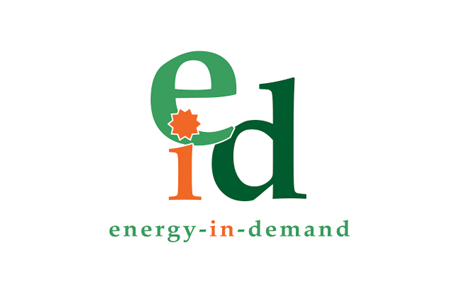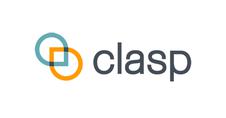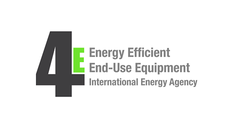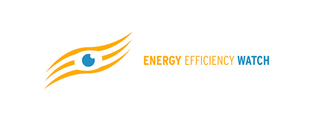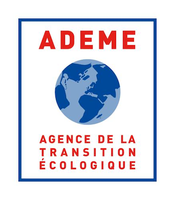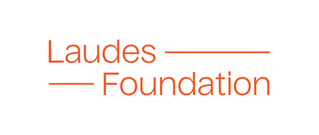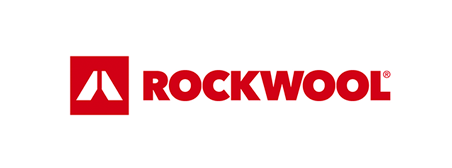Search eceee proceedings
Minimizing free riders, supporting home-owner associations and reaching low-income households: an evaluation of a Dutch subsidy scheme
Panel: 4. Monitoring and evaluation for a wise, just and inclusive transition
This is a peer-reviewed paper.
Authors:
Vera Rovers, TNO, The Netherlands
Renee Kooger, TNO
Casper Tigchelaar, TNO
Lydia Geijtenbeek, CBS, The Netherlands
Abstract
The Dutch Subsidy scheme for Energy Saving in Privately Owned Houses (SEEH) supported home-owners and home-owner associations (HOAs) to insulate residential buildings and ran between 2016 and 2020. When a plot of land, or an existing building, is divided into different apartments a home-owners association (HOA) is automatically set up in the Netherlands. The individual apartment owners automatically become members of this HOA. We evaluated the scheme on various aspects using different methodologies, including data analysis, micro data analysis and the use of in-depth interviews in order to distil valuable lessons for the design of subsidy schemes in general.
Using data analysis, the effectiveness of the scheme was evaluated to calculate the total energy efficiency savings and CO2 emission reductions. 65,000 home-owners and 363 HOAs received a subsidy for installing energy efficiency measures. The theoretical energy savings from these measures have been calculated using a building physics model. Altogether, these measures have, and will continue to save 0.9 petajoule more then would have been the case without the SEEH. This results in annual emission reductions of 52 kiloton CO2.
Three specific elements that policy makers put in the Dutch SEEH scheme stand out: minimizing free riders by setting stricter criteria, supporting home-owner associations and reaching low-income households. In this paper we will discuss how successful the scheme was in relation to these elements and we will provide recommendations for policy makers for designing successful future subsidy schemes.
Free riders in this case are home-owners that planned to install insulation measures regardless of whether or not subsidy is available for them. These home-owners would have saved energy and reduced emissions with or without the subsidy, so there is no or less additional effect of the subsidy on energy consumption. Our analysis shows that the share of free riders in the SEEH scheme has been limited to 38 % by requiring at least two measures with a minimum surface area to be taken in order to be applicable for subsidy. These strict requirements were implemented after an ex-ante study showed that otherwise the additional effect would have been negligible. Based on this experience we recommend to always make a detailed analysis before a subsidy scheme is implemented to increase its additional effect.
In-depth interviews with representatives of HOAs revealed that the SEEH scheme by itself was often not enough to realise energy efficiency investments in multi-family buildings. Most HOAs were only able to undertake energy efficiency measures when combining the subsidy with a government loan initiative. Also, the process for approving energy efficiency measures within HOAs takes years, and the time period for implementation allowed by SEEH was considered very short by the HOAs. A better tailored set of financial instruments, available over a longer period of time, therefore seems to be key to support HOAs in the implementation of energy efficiency measures.
Finally, we collaborated with Statistics Netherlands (CBS) who has many datasets available at the level of individuals, businesses and addresses. These microdata can be combined with external data which we have done in this evaluation by linking tax statements to applicant data of the subsidy scheme. This microdata analysis improved our understanding of the dataset and provided new insights into the inclusiveness of the scheme. The analysis showed that lower income households were less likely to apply for subsidy. Home-owners in the highest income decile applied for the SEEH subsidy twice as much as households in the lowest decile. If a subsidy scheme wants to target low-income households, for example to reduce energy poverty, it should be investigated how the conditions of the scheme affect different target groups and how low-income households can best be supported. Options that could improve participation by low-income households include raising awareness, providing services, increasing the subsidy amount and offering assurance in advance on how many subsidy one will receive.
Downloads
Download this presentation as pdf: 4-087-22_KoogerRenee_pres.pdf
Download this paper as pdf: 4-087-22_Rovers.pdf
Panels of
1. Dynamics of consumption: less is more?
2. Efficiency and beyond: innovative energy demand policies
3. Policy, finance and governance
4. Monitoring and evaluation for a wise, just and inclusive transition
5. Towards sustainable and resilient communities
6. Energy-efficient and low-carbon mobility for all
7. Policies and programmes for better buildings
8. Innovations in products, systems and building technologies








